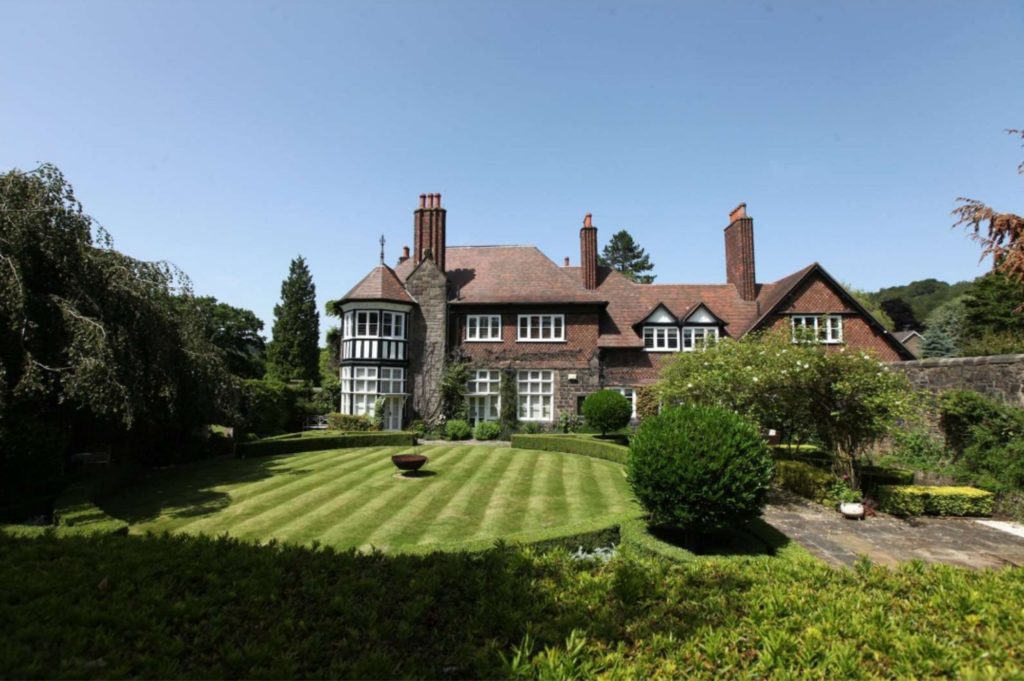Our Director, Jon Millhouse, a Chartered Town Planner and a Full Member of the Institute of Historic Building Conservation, provides an interesting overview on a number of historic properties that Planning & Design Practice Ltd have worked on, featuring the world’s oldest manufacturing factory and healthcare pioneer Florence Nightingale.
Over the past few years, we have been fortunate enough to work on a number of important historic properties in and around the villages of Lea and Holloway in Derbyshire, each with a fascinating and often interlinked history.
Wakebridge farm, between Holloway and Crich, where we obtained consent in 2019 for restoration and redevelopment into a hotel, restaurant, creamery, and sheep dairy, was originally a mediaeval manor house and chapel. A 15th century pinfold door still survives in the kitchen of the farmhouse. The present house was built in 1772 by Peter Nightingale, local landowner and lead smelter.
Peter lived at nearby Lea Hall. I visited Lea Hall a few years ago to provide some planning advice. It is a delightfully formal, Georgian house (although with much earlier origins) tucked away unassumingly in the sleepy village of Lea.
In 1784 Peter established a cotton spinning mill at Lea Bridge, in collaboration with John Smedley. Soon after this became a wool spinning mill, a use which persists to this day (giving the business the honourable claim of being the world’s oldest manufacturing factory). We have enjoyed working with the present custodians of John Smedley Limited for several years now, including helping them to secure consent for the redevelopment of several old factory buildings to housing and the restoration of 3 listed cottages on their estate.
Peter’s father William Nightingale rebuilt Lea Hurst, a small country house on a promontory overlooking the Derwent Valley just south of Holloway, in a gothic revival style in 1820 -21. A small chapel window was incorporated into the property and survives until the present day -no doubt relocated from the former mediaeval chapel at nearby Wakebridge Farm.
William’s daughter Florence Nightingale found fame as a pioneering healthcare reformer during the Crimean war 1853 – 1856.
We obtained permission on appeal a few years ago for the reinstatement of a lost carriage drive from the centre of the village to the front of Lea Hurst. We argued that the reinstatement of the track would better reveal the history of the property by reinstating a lost feature of its parkland setting and allowing Leahurst to be approached and viewed in the manner originally intended.
Neighbouring the Lea Hurst estate is Leawood Hall, another notable country house -this time an early example of the arts and crafts style. We are currently working with the owners of Leawood Hall, and separately, with the owners of Leawood Hall lodge. The hall and lodge were built to the designs of eminent Victorian architect Eden Nesfield in 1874 -7. The surrounding gardens are thought to have been influenced by famous landscape designer William Barron.
At Planning & Design Practice we recognise the importance of the built heritage in our towns, villages and rural areas. We have worked on numerous schemes affecting Listed Buildings, Conservation Areas and the Derwent Valley Mills World Heritage Site. Director Jon Millhouse specialises in heritage planning and architectural team leader Lindsay Cruddas is a registered Specialist Conservation Architect.
For more information, or to discuss how we could help with a specific project or property please don’t hesitate to get in touch.
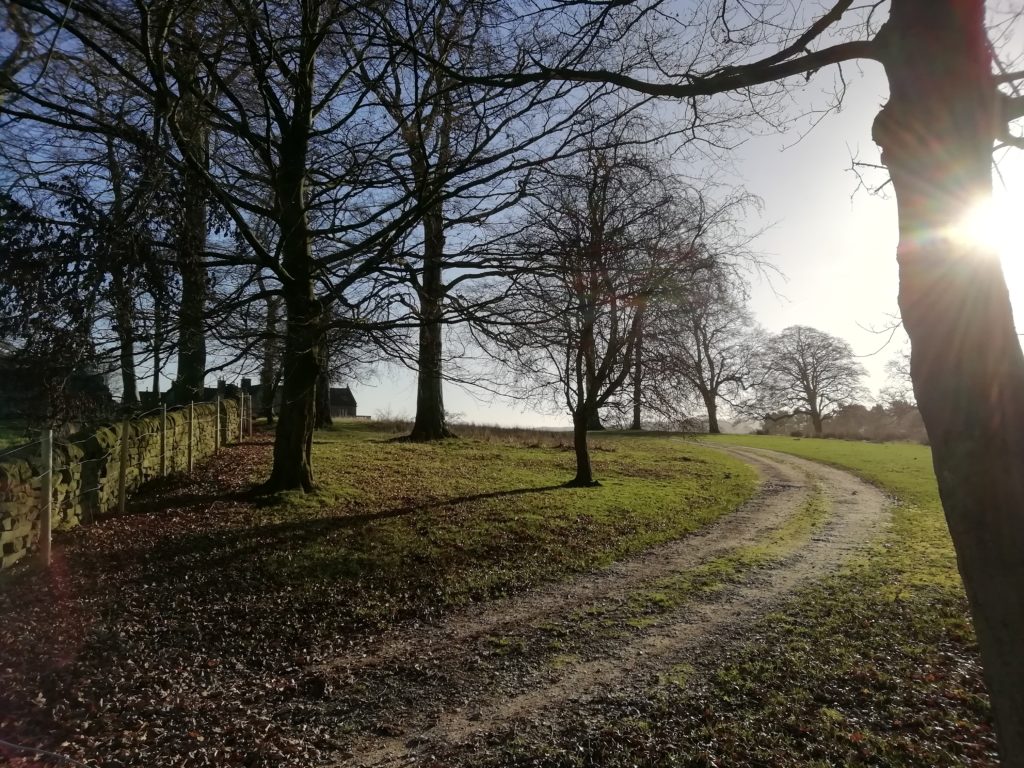
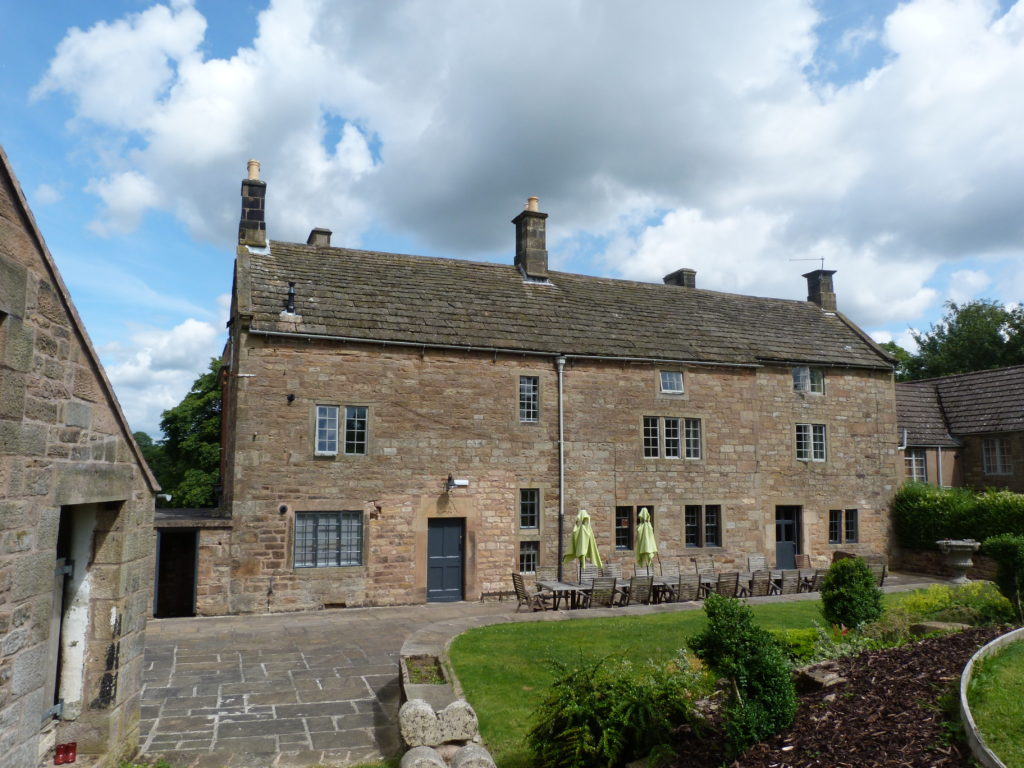
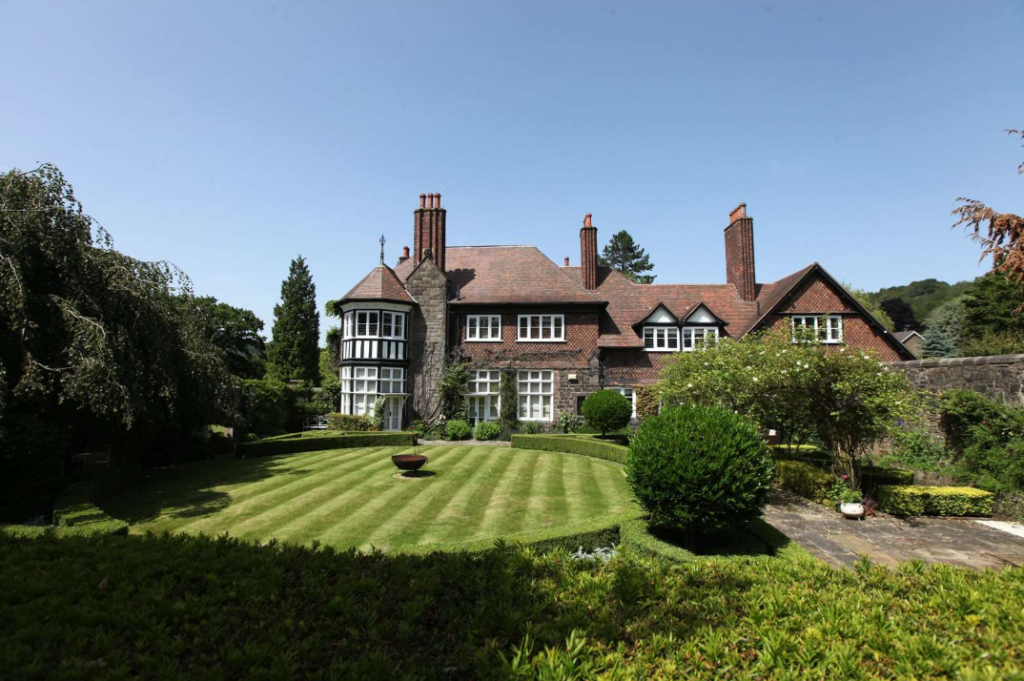
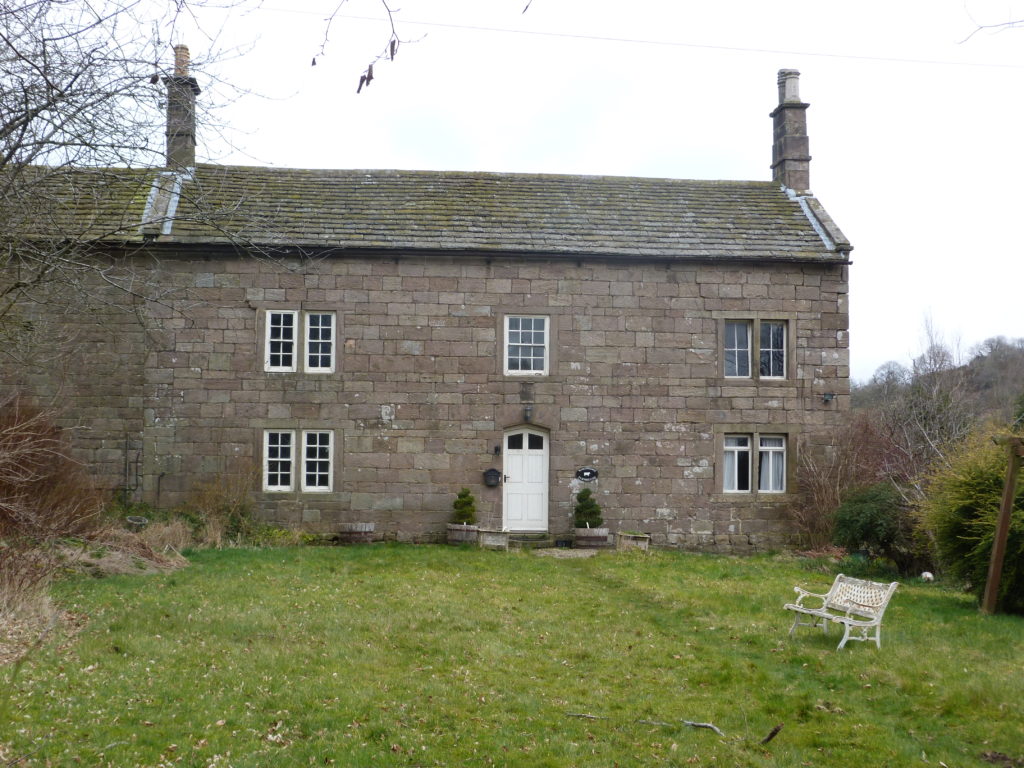
Images: Top Left – Recently reinstated track leading to Lea Hurst, Holloway Top Centre – Lea Hall Top Right – Leawood Hall
Jon Millhouse is both a Chartered Town Planner and a Full Member of the Institute of Historic Building Conservation, with a specialist interest in Historic Building Conservation. He joined the company in 2004 after gaining a First in Environmental Design and Conservation at Oxford Brookes University. He has since carried out further training in Urban Design at Birmingham City University, and completed the RIBA Conservation Course.
Jon became a Director at Planning & Design Practice in 2011 and has since helped to grow the company. He has project led a wide variety of planning applications, Listed Building applications and appeals, and prepared a number of heritage assessments, context appraisals and masterplans.
